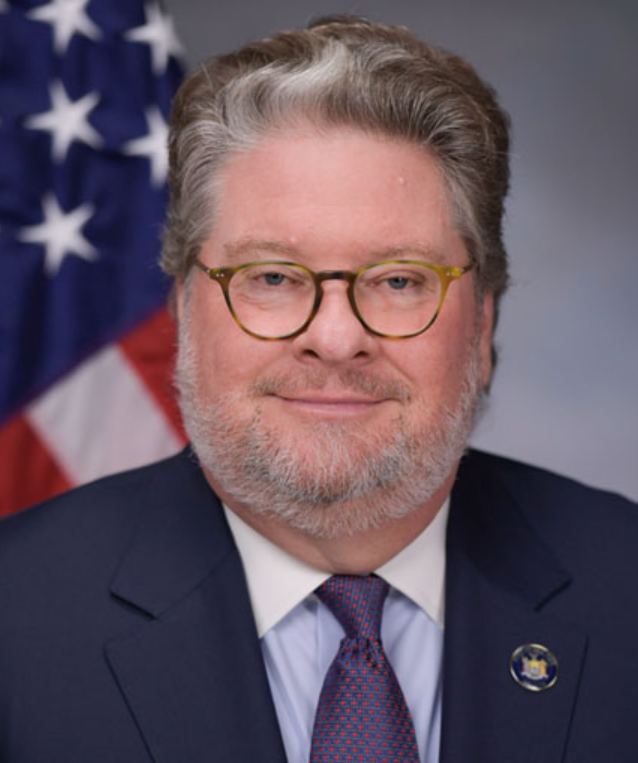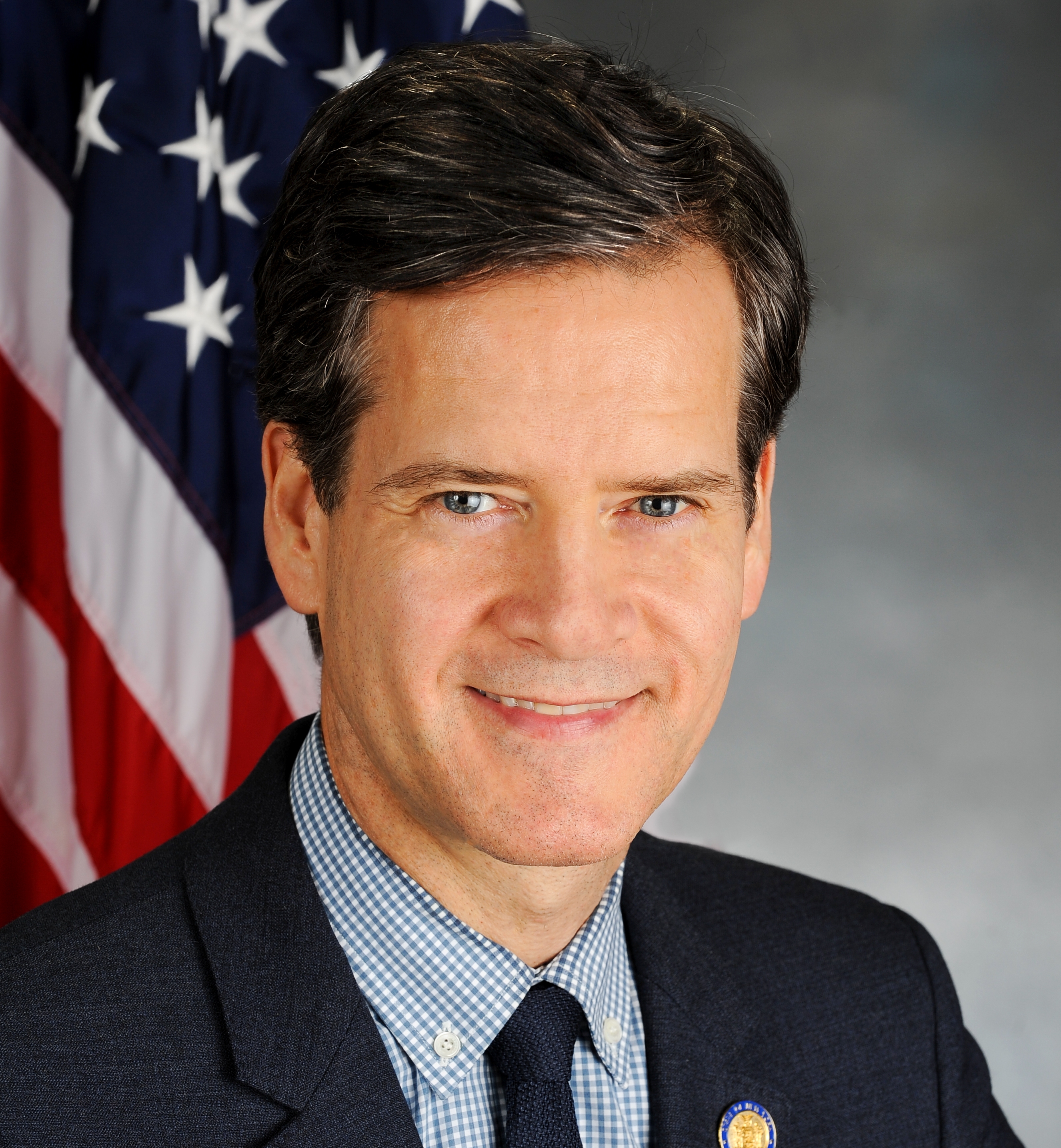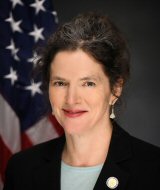| Date of Action |
Assembly Actions -
Lowercase Senate Actions - UPPERCASE |
|---|---|
| Mar 23, 2020 |
referred to civil service and pensions |
Senate Bill S8126
2019-2020 Legislative Session
Sponsored By
(D, WF) 40th Senate District
Archive: Last Bill Status - In Senate Committee Civil Service And Pensions Committee
Actions
co-Sponsors
(D, WF) 47th Senate District
(D, WF) 28th Senate District
(D, WF) Senate District
2019-S8126 (ACTIVE) - Details
- See Assembly Version of this Bill:
- A10204
- Current Committee:
- Senate Civil Service And Pensions
- Law Section:
- Retirement and Social Security Law
- Laws Affected:
- Amd §212, R & SS L
2019-S8126 (ACTIVE) - Sponsor Memo
BILL NUMBER: S8126
SPONSOR: HARCKHAM
TITLE OF BILL:
An act to amend the retirement and social security law, in relation to
the retiree earnings cap for health care officials and workers during a
declared public health related state of emergency
PURPOSE:
To amend the retiree earning cap for certain health care workers during
a declared public health related state of emergency for the purpose of
combating COVID-19.
SUMMARY OF PROVISIONS:
Section 1 amends section 212 of the retirement and social security law
by adding a new subdivision 4.
Section 2 establishes the effective date.
2019-S8126 (ACTIVE) - Bill Text download pdf
S T A T E O F N E W Y O R K
________________________________________________________________________
8126
I N S E N A T E
March 23, 2020
___________
Introduced by Sen. HARCKHAM -- read twice and ordered printed, and when
printed to be committed to the Committee on Civil Service and Pensions
AN ACT to amend the retirement and social security law, in relation to
the retiree earnings cap for health care officials and workers during
a declared public health related state of emergency
THE PEOPLE OF THE STATE OF NEW YORK, REPRESENTED IN SENATE AND ASSEM-
BLY, DO ENACT AS FOLLOWS:
Section 1. Section 212 of the retirement and social security law is
amended by adding a new subdivision 4 to read as follows:
4. NOTWITHSTANDING THE EARNING LIMITATIONS FOR RETIRED PERSONS SET
FORTH IN THIS SECTION, STATE AND LOCAL GOVERNMENTS MAY HIRE RETIRED
PUBLIC HEALTH OFFICIALS AND WORKERS AT ANY REASONABLE EARNING LEVEL IN
TIMES OF A DECLARED PUBLIC HEALTH RELATED STATE OF EMERGENCY DECLARED BY
THE GOVERNOR, PROVIDED THAT SUCH RETIREES HIRED DURING SUCH STATE OF
EMERGENCY ARE HIRED AND CONTINUE TO BE EMPLOYED FOR THE PURPOSE OF
COMBATTING COVID-19.
§ 2. This act shall take effect immediately.
FISCAL NOTE.--Pursuant to Legislative Law, Section 50:
This bill would exempt from the earnings limitations set forth in
Section 212 of the Retirement and Social Security Law (RSSL) any retired
public health officials and workers rehired at any reasonable earning
level in times of a declared public health related state of emergency
declared by the Governor, provided that such retirees hired during such
state of emergency are hired and continue to be employed for the purpose
of combatting COVID-19.
Insofar as this bill affects the New York State and Local Retirement
System (NYSLRS), if this legislation is enacted during the 2020 legisla-
tive session, we expect there would be negligible additional annual
costs. However, if large numbers of retirees are hired into positions
with lucrative earning levels over long periods of time, there could be
additional annual costs which would be shared by the state of New York
and all of the participating employers in the NYSLRS.
Summary of relevant resources:
EXPLANATION--Matter in ITALICS (underscored) is new; matter in brackets
[ ] is old law to be omitted.
Comments
Open Legislation is a forum for New York State legislation. All comments are subject to review and community moderation is encouraged.
Comments deemed off-topic, commercial, campaign-related, self-promotional; or that contain profanity, hate or toxic speech; or that link to sites outside of the nysenate.gov domain are not permitted, and will not be published. Attempts to intimidate and silence contributors or deliberately deceive the public, including excessive or extraneous posting/posts, or coordinated activity, are prohibited and may result in the temporary or permanent banning of the user. Comment moderation is generally performed Monday through Friday. By contributing or voting you agree to the Terms of Participation and verify you are over 13.
Create an account. An account allows you to sign petitions with a single click, officially support or oppose key legislation, and follow issues, committees, and bills that matter to you. When you create an account, you agree to this platform's terms of participation.



